The Science Behind Slow-Drying Hair
Hair porosity refers to how easily your hair absorbs and retains moisture. Those with high porosity hair have cuticles that are raised and rough, allowing moisture to enter and exit the hair shaft rapidly. In contrast, low-porosity hair has tightly sealed cuticles that make it harder for water to penetrate.
The open cuticles of high-porosity hair are both a blessing and a curse. On the positive side, they make the hair more receptive to hydrating treatments and products. But the downside is that this porous structure also allows moisture to escape just as quickly. This is why high-porosity hair often feels dry and frizzy and takes a long time to dry completely.
High porosity hair takes so long to dry because the open cuticles allow water molecules to easily slip in and out of the hair shaft. When you wash your hair, the water saturates the strands. But since the cuticles are raised, the moisture evaporates rapidly, making it difficult for the hair to retain that hydration.
In comparison, low-porosity hair, with its tightly bound cuticles, traps moisture inside the shaft, allowing it to stay damp for longer. The water has a harder time escaping, so it takes more time and effort for the hair to dry out fully.
So, while low-porosity hair may feel like it takes forever to get wet, high-porosity hair is the opposite – it seems to dry out in the blink of an eye. This fast moisture loss is the main culprit behind the extended drying times.
Factors That Contribute to High Porosity
Certain hair types and damage levels make some people more prone to high porosity than others:
Chemical Treatments: Processes like bleaching, dyeing, perming, or straightening chemically alter the hair’s structure and cause the cuticles to lift and become more porous.
Heat Damage: Frequent use of hot tools like blow dryers, curling irons, and straighteners can also raise the hair cuticles over time, leading to higher porosity.
Aging Hair: As we get older, our hair naturally loses some of its protective lipids, causing the cuticles to become more raised and porous.
Genetics: Some people are simply born with naturally higher porosity hair due to the shape and thickness of their hair strands.
Regardless of the cause, high-porosity hair requires a little extra TLC to help it dry faster and stay healthy. With the right techniques and products, you can outsmart your hair-drying dilemma.

What are some recommended products for high-porosity hair care?
Here are some recommended hair care products for high-porosity hair:
Moisturizing Shampoo and Conditioner: Look for shampoos and conditioners that contain ingredients like shea butter, glycerin, and argan oil to help seal in moisture and prevent further dry now
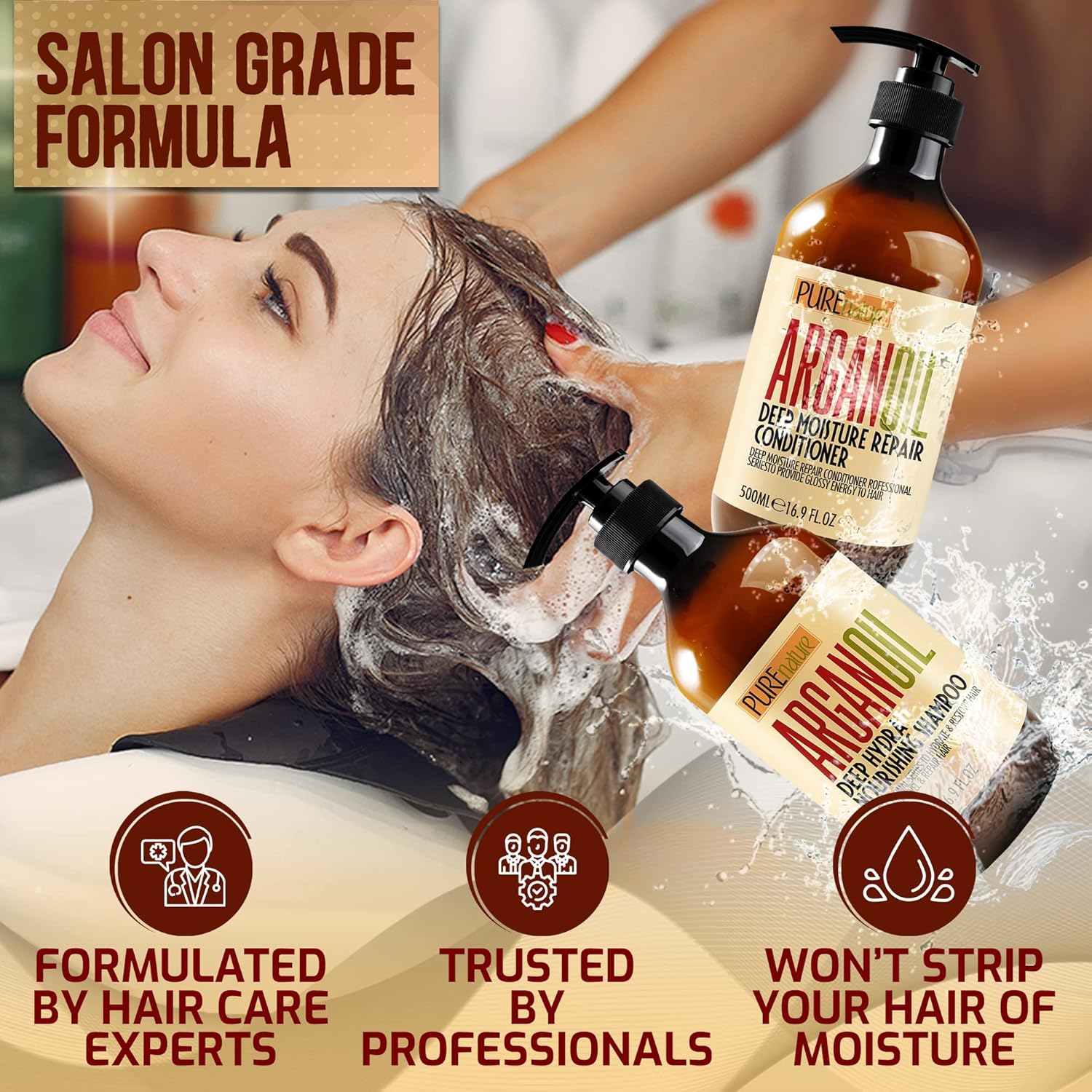
Deep Conditioning Treatments: Using a deep conditioning treatment 1-2 times per week can help replenish moisture and strengthen high-porosity hair. Look for products with ingredients like natural oils, kinds of butter, and proteins.
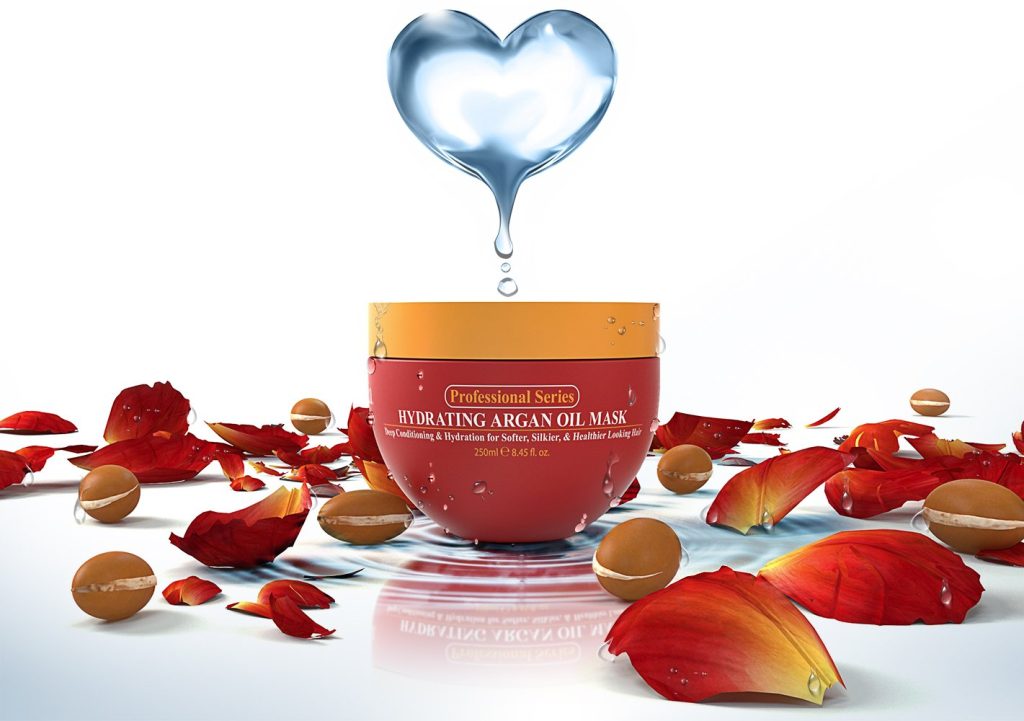
Leave-In Conditioners: A good leave-in conditioner can help lock in moisture and provide ongoing hydration. Ingredients like aloe vera, honey, and silk protein are beneficial.
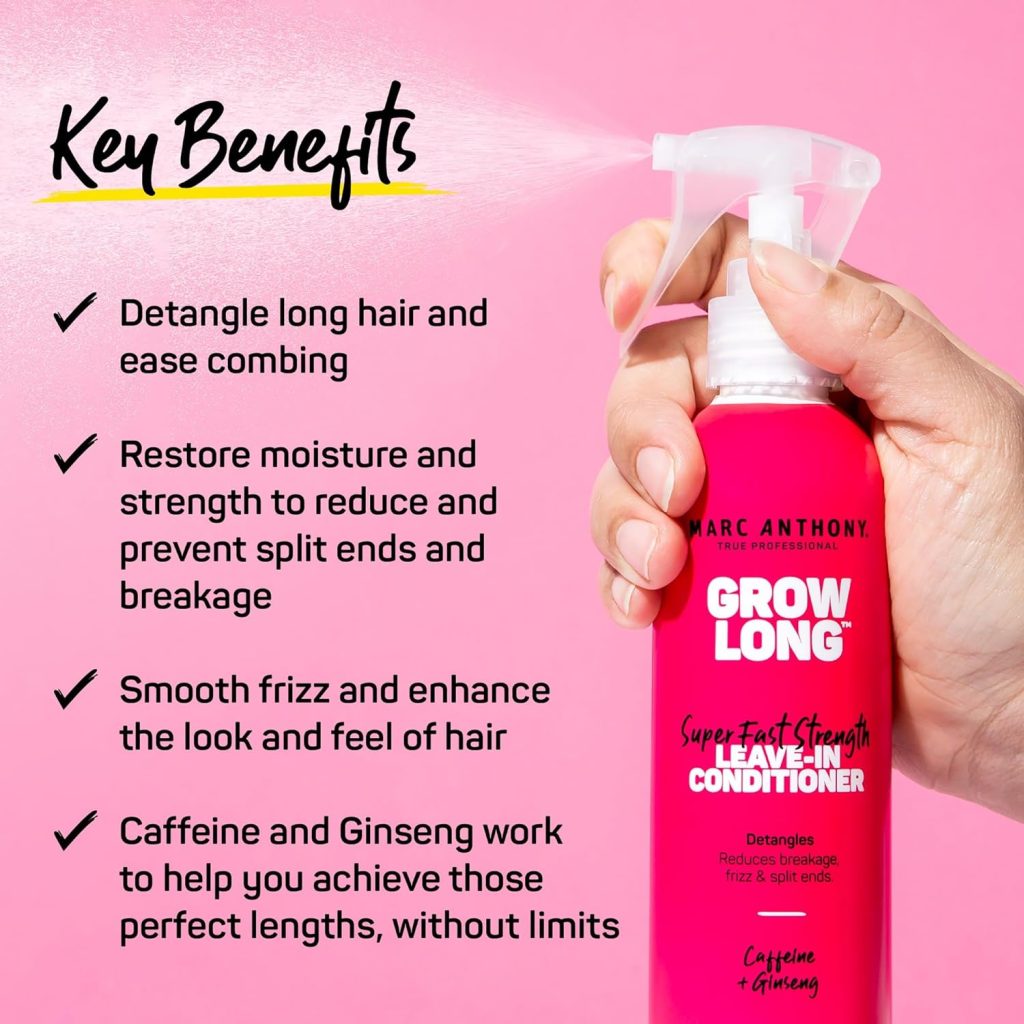
Hair Oils: Applying a small amount of hair oil, such as coconut, olive, or argan oil, can help seal the hair cuticle and prevent moisture loss.
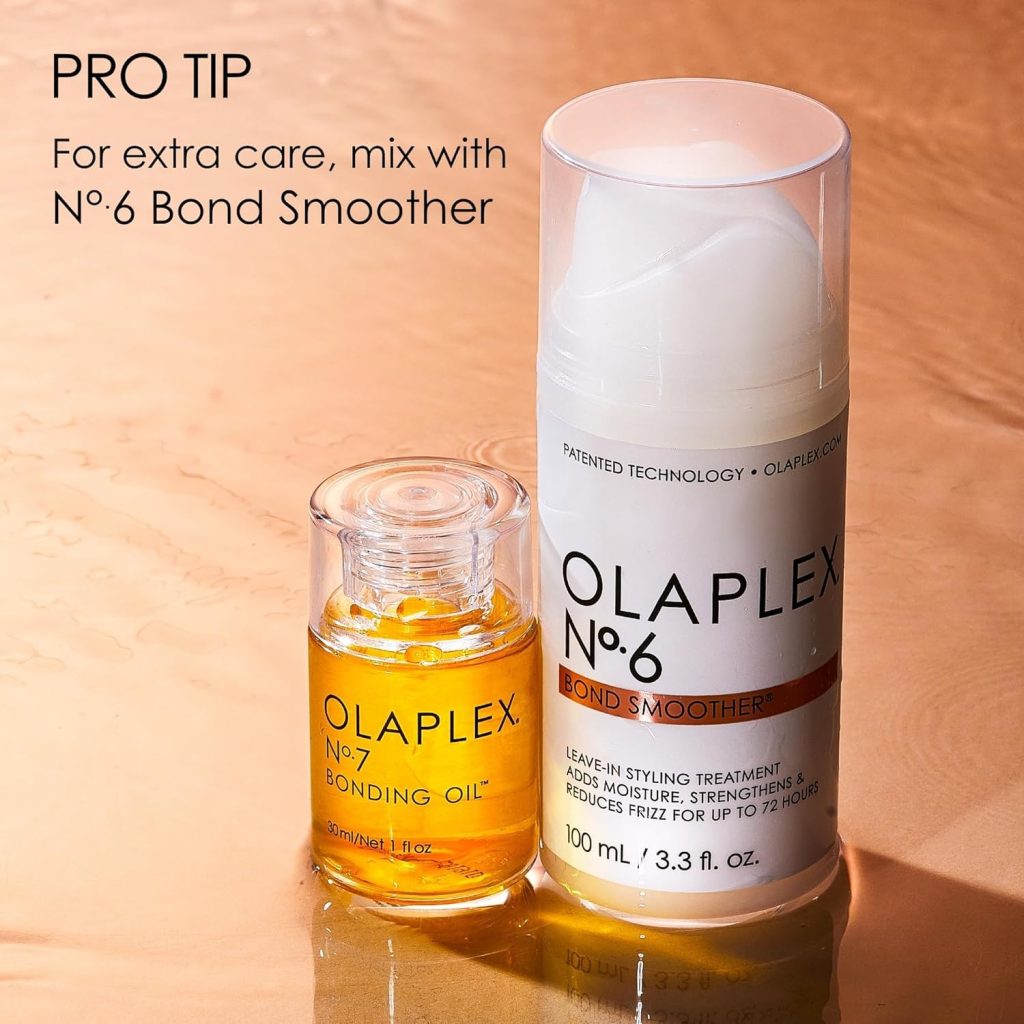
Microfiber Hair Towels—Regular towels can rough up the hair cuticle and cause frizz, while microfiber towels gently absorb moisture.

Heat Protectant Spray—Using a heat protectant spray before blow drying can help lock in moisture and prevent over-drying.
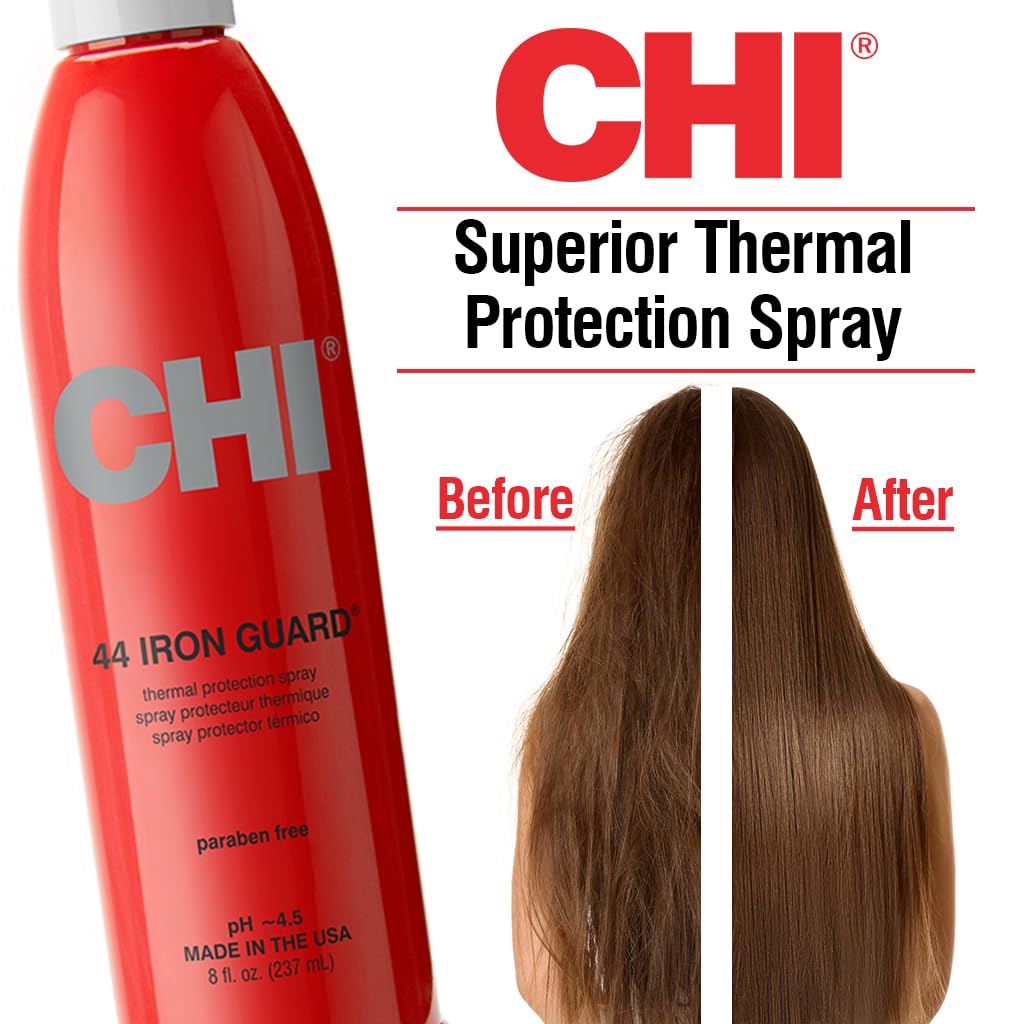
Protein Treatments: Incorporating a protein treatment once a month can help strengthen and mend the damaged hair cuticle associated with high porosity.
Gentle Styling Products: Avoid products with high alcohol content, as these can further dry out high-porosity hair. Look for styling creams, mousses, and gels that contain moisturizing ingredients.
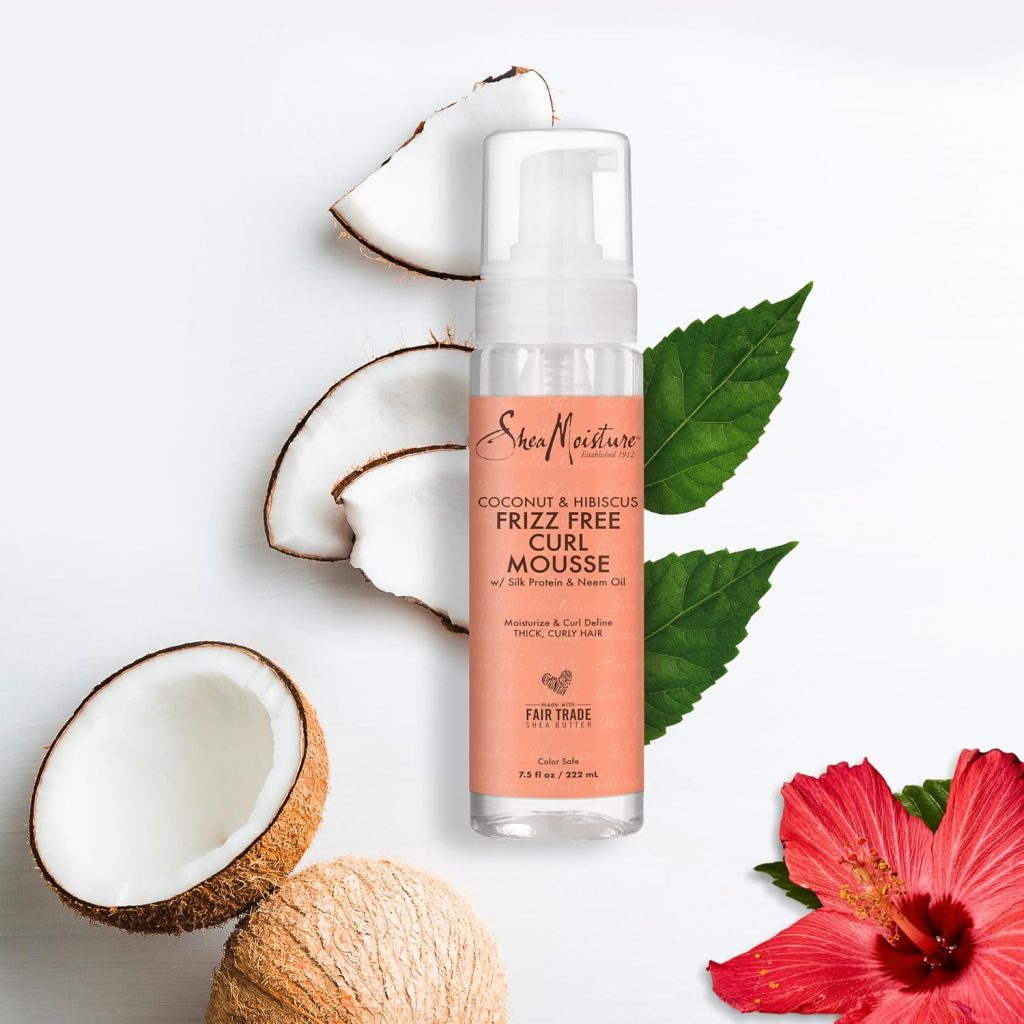
The key is to use a combination of moisturizing, repairing, and protecting products to maintain optimal hair health and moisture balance for high-porosity hair types.
How often should I use protein treatments on high-porosity hair?
For high porosity hair, it’s generally recommended to use protein treatments about once a month or every 4-6 weeks.
Here’s a more detailed guide on how often to use protein treatments for high-porosity hair:
High Porosity Hair: This hair type tends to be more damaged and prone to breakage, so protein treatments are important. Use a protein treatment 1-2 times per month to help strengthen and repair the hair.
Moderate Porosity Hair: Those with moderately porous hair can typically get away with using a protein treatment about once a month.
Low Porosity Hair: This hair type doesn’t require protein treatments as frequently. Every 6-8 weeks is usually sufficient.
The key is to pay attention to how your hair responds. If you notice more breakage, dryness, or lack of elasticity, increase the frequency of your protein treatments. Conversely, if your hair feels overly stiff or brittle after a protein treatment, back off and use it less often.
It’s also important to balance protein treatments with deep conditioning to maintain the right protein-moisture balance for high-porosity hair. Using protein treatment and deep conditioner on alternating weeks can be an effective routine.
So, in summary, for high-porosity hair, aim for a protein treatment every 4-6 weeks and adjust as needed based on your hair’s individual needs and response.
How can I tell if my hair needs more protein?
Here are some signs that your high-porosity hair may need more protein
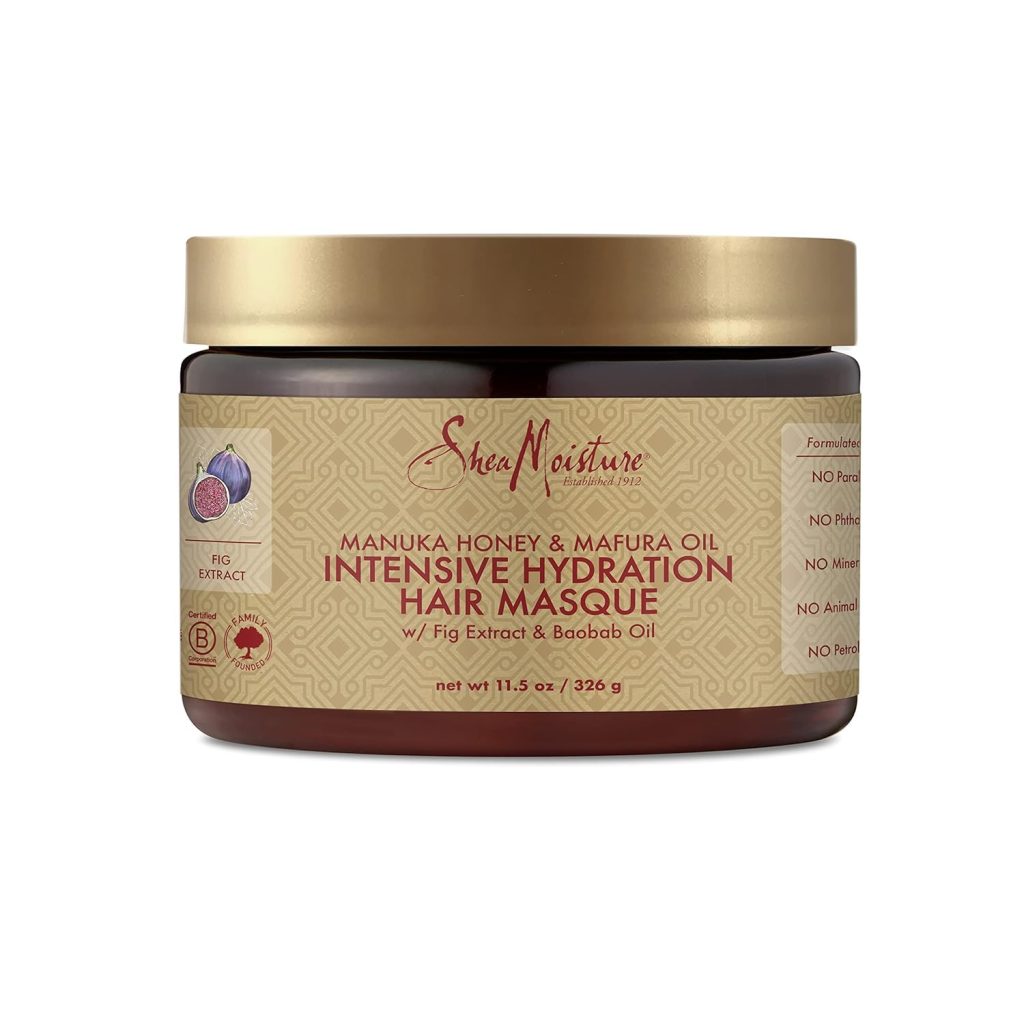
SheaMoisture Intensive Hydration Hair Masque Manuka Honey & Mafura Oil For Dry, Damaged Hair Deep Conditioning Hair Treatment
Excessive breakage and split ends
High porosity hair is prone to breakage, but if you’re seeing an excessive amount this could indicate a protein deficiency.
Lack of elasticity
Gently stretch a strand of your hair. If it doesn’t have any give or stretch to it, this may mean your hair needs more protein.
Feeling very limp and lifeless
Protein helps provide structure and strength to the hair. If your hair feels overly soft, limp, and flat, it could use a protein boost.
Difficulty styling and holding a style
Weak, porous hair has a hard time maintaining style and volume. More protein can help improve manageability.
Extreme dryness and frizz
While moisture is key for high porosity hair, protein is also needed to help seal the cuticle and prevent moisture loss.
Rough, straw-like texture
Overly porous hair that lacks protein may feel rougher and coarser to the touch.


